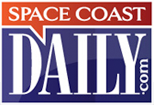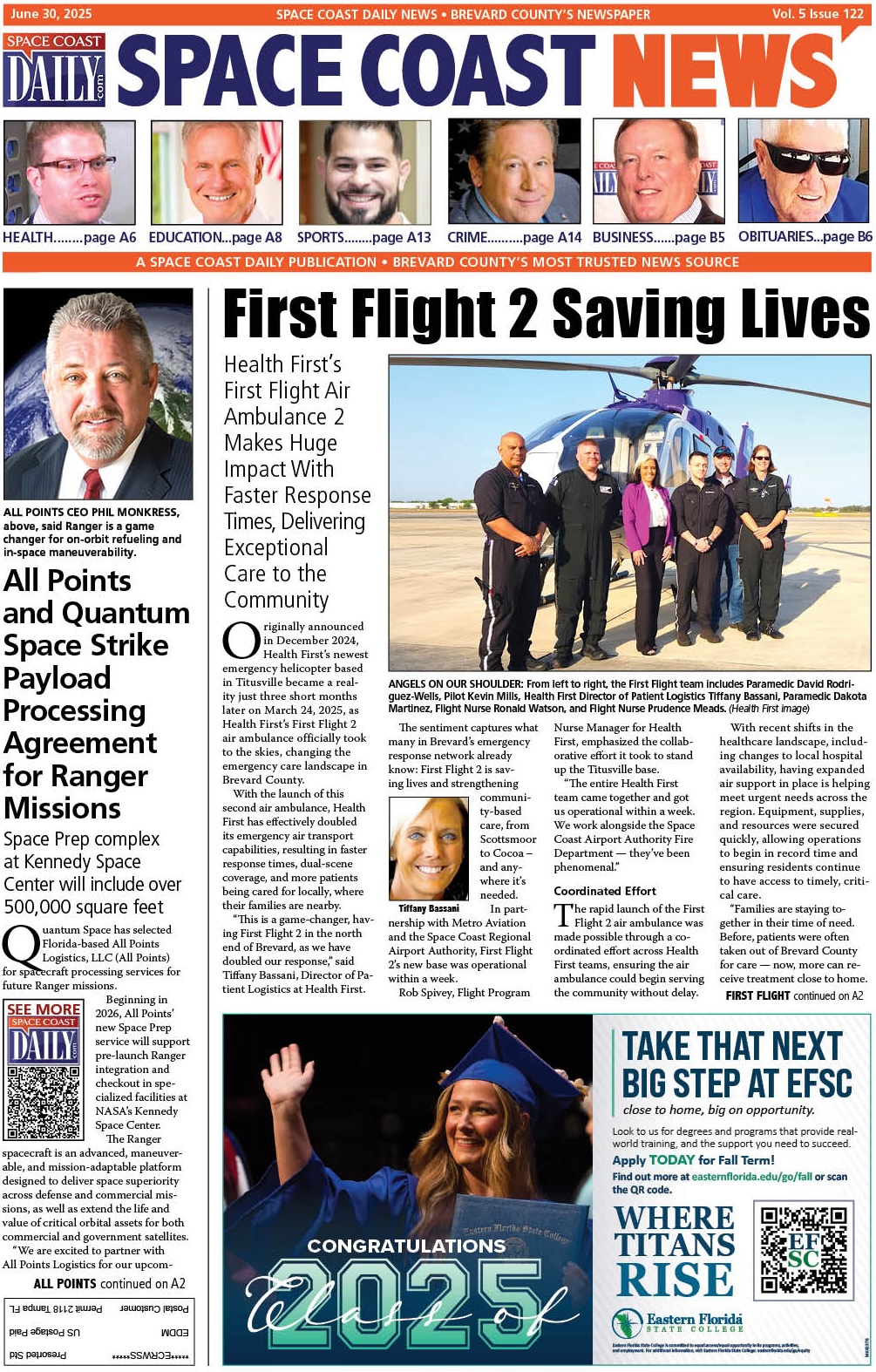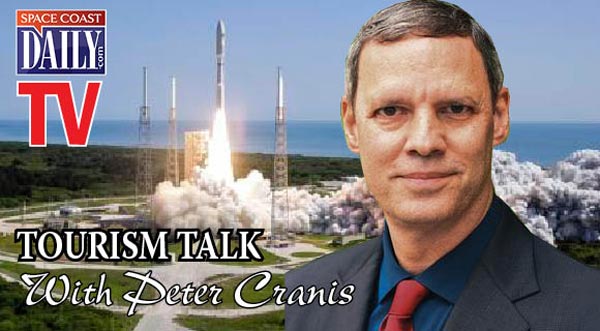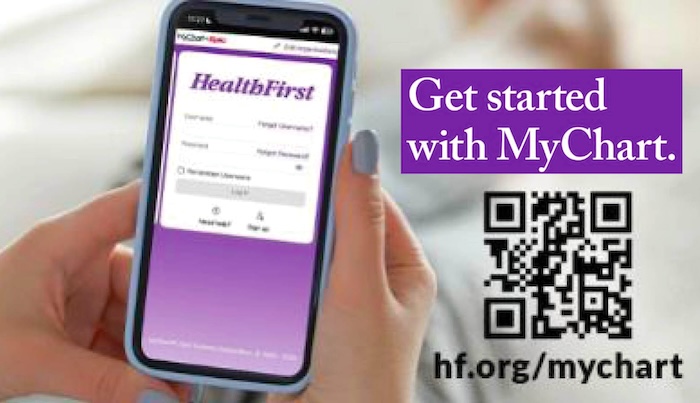Boeing, NASA Stand Down For Wednesday’s Launch Attempt, Rocket Returns to Vertical Integration Facility
By Space Coast Daily // August 3, 2021
New launch date: TBA

BREVARD COUNTY, FLORIDA – Boeing and NASA announced Tuesday night that the launch team is standing down from a Wednesday, Aug. 4 launch attempt and will return the spacecraft to the Vertical Integration Facility for further inspection and testing.
The launch was initially scrubbed July 30 due to inclement weather and was scrubbed again on Tuesday due to an unexpected valve position issue in the propulsion system.
A new launch date and time will be announced in the coming days.
“We’re disappointed with today’s outcome and the need to reschedule our Starliner launch,” said John Vollmer, vice president and program manager, Boeing’s Commercial Crew Program.
“Human spaceflight is a complex, precise and unforgiving endeavor, and Boeing and NASA teams will take the time they need to ensure the safety and integrity of the spacecraft and the achievement of our mission objectives.”
Starliner will launch on a United Launch Alliance Atlas V rocket from Space Launch Complex-41 at Cape Canaveral Space Force Station.
About 30 minutes after launch, Starliner will perform its orbital insertion burn to begin its daylong trip to the space station.
Launch and docking coverage can be seen on Space Coast Daily TV.
The spacecraft will carry more than 400 pounds of NASA cargo and crew supplies to the space station.
It will return to Earth with more than 550 pounds of cargo, including the reusable Nitrogen Oxygen Recharge System tanks that provide breathable air to station crew members.
OFT-2 will demonstrate the end-to-end capabilities of the Starliner spacecraft and Atlas V rocket, from launch, to docking, to a return to Earth with a desert landing in the western United States.
The uncrewed mission will provide valuable data toward NASA certifying Boeing’s crew transportation system for regular flights to and from the space station.
STAY TUNED TO SPACE COAST DAILY FOR UPDATES












